I am not a fan of Zoo’s. The idea of animals in cages does not appeal to me. The only reason I went to the Asahiyama Zoo was to catch a glimpse of the endangered Polar Bears.
Located in the very north of Japan, Asahiyama Zoo is home to some 700 beautiful creatures. It opened its gates for the very first time in early 1967. Helped by the natural climate, it is the first facility in Japan to have succeeded in the natural breeding in captivity of animals that live in cold regions, such as Polar Bears, Amur Leopards, and Scops Owls. In winter people come here specially to witness the penguin walks.
We reached there half an hour early. The Zoo opens at 9 am. For me the most popular exhibit is the Polar Bear Pavilion. From here, one can observe polar bears diving into this huge pool, displaying their natural playful behavior as in the real Arctic Ocean.
Ivan & Lulu
Four polar bears are bred here. The only male one is named Ivan. The female ones are named Satsuki, Pirka and Lulu. Ivan was brought here from a Russian Zoo where he was born in captivity. Asahiyama zoo was also successful at the difficult task of captive polar bear breeding back in 1976, but has been unlucky after that. Few years back, Ivan was paired with 16-year-old Lulu but it did not pan out as planned.
Polar bears are individual creatures. Wild pairs come together only for a period of about one week a year, and though the males seek a mate every year, the females only breed every 3 years. Ivan and Lulu had been living together for a long time. The caretakers decided to separate them, then reunite them temporarily to see what might happen. It worked. Ivan acted differently, and soon the pair was observed mating, although Lulu still did not become pregnant. He is currently being paired with Pirka.
We walked down to the pavilion where below the water we could see one of them having a great time playing in the water. Mani was lucky to capture in a video its youthful energy as it went about enjoying life.
Nearby there are observation stands called the Shields eye. Through it we can watch the bears from the viewpoint of the seals. Polar bears use their powerful sense of smell when hunting for seals, their main source of food. They can smell a seal’s breathing hole, or aglu, from a mile away. Once located, they wait patiently by the hole and attack the seal’s head when it comes up for air. This acrylic dome is designed to show how they would perceive their predators as they would come up the breathing hole to the surface for air.
Originally from the Arctic, the polar bears are in serious danger of going extinct due to global warming. They evolved around 3 million years ago from the brown grizzly bears in areas where their white fur gave them a tactical advantage. Adult males can grow to as much as nine feet in length and weigh over 300 kg. They can live up to 40 years.
Rising temperatures in the world’s oceans are causing sea ice to disappear for longer and longer periods during summer, leaving them insufficient time to hunt. Because they don’t hibernate like other bears, they can only survive in areas where food is available all around the year. With the ice gone in summers, they are unable to find prey. This gradual loss of critical habitat will probably not allow them to last much longer. It is hard to accept that I will probably never see them again.
[su_icon icon=”icon: info” background=”#f20000″ color=”#ffffff” text_color=”#4a4a4a” size=”14″ shape_size=”10″ radius=”4″ text_size=”18″ url=”http://www.worldwildlife.org/species/polar-bear”]If you would like to help, Adopt One[/su_icon]
In the morning, the first thing we did was to catch the penguin walk. One mustn’t miss the sight of these quirky king penguins walking around in the snow. They non-nonchalantly walked past the rows of wide-eyed tourists like some haughty princes from medieval times. The king penguin is very large compared to other species. Fully grown, they can reach up to three feet tall. They can be easily identified by their vivid orange, tear-shaped patches on each side of the head.
I also caught a glimpse of the Red Panda from close up, something I missed on my trip to Sikkim. They are so cute and cuddly but appear so serious all the time. The red panda is native to the eastern Himalayas and southwestern China. They usually only eat the youngest, most tender shoots and leaves of bamboo. These furry animals spend most of their lives in trees and even sleep aloft.
We walked around looking at the various other animals in the zoo. The Snow leopards and other carnivorous animals are in small cages and you will not enjoy them. It took us approximately three hours to enjoy the zoo. Mani did some shopping at the souvenir store. The cafeteria at the Zoo has nice food. We took our lunch there and were ready to leave by noon.
Asahiyama Zoo had not been this popular even a decade ago. It was only in 1999 that the zoo started to stay open during the winter season for the first time Today, despite Asahiyama’s relatively remote location and modest scale, visitor numbers rival those at Tokyo’s Ueno Zoo. I do not approve of zoos but I greatly appreciate the good work they are putting in at Asahiyama. Below I have posted some of the photos taken at the Zoo. I hope you like them.
Disclaimer: The information presented in this article is based on the time I visited the premises. Note that there might be changes in the prices of merchandise and admission fees that might have occurred after this article was published. At times the facility might also be closed for repairs or for variety of other reasons. Kindly contact the facility or facilities mentioned in this article directly before visiting.
Usage of this site indicates acceptance of my Terms and Conditions.
Credits: The historical information presented herein is gathered mostly from local guides that were re-inforced via historical writings.
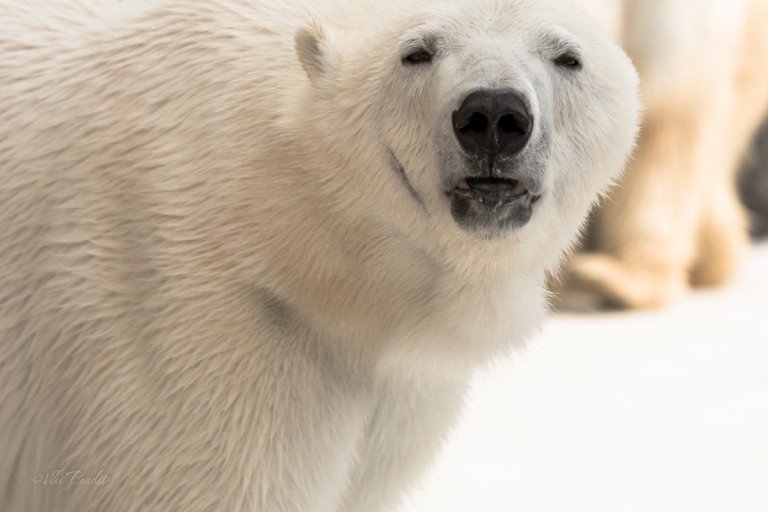

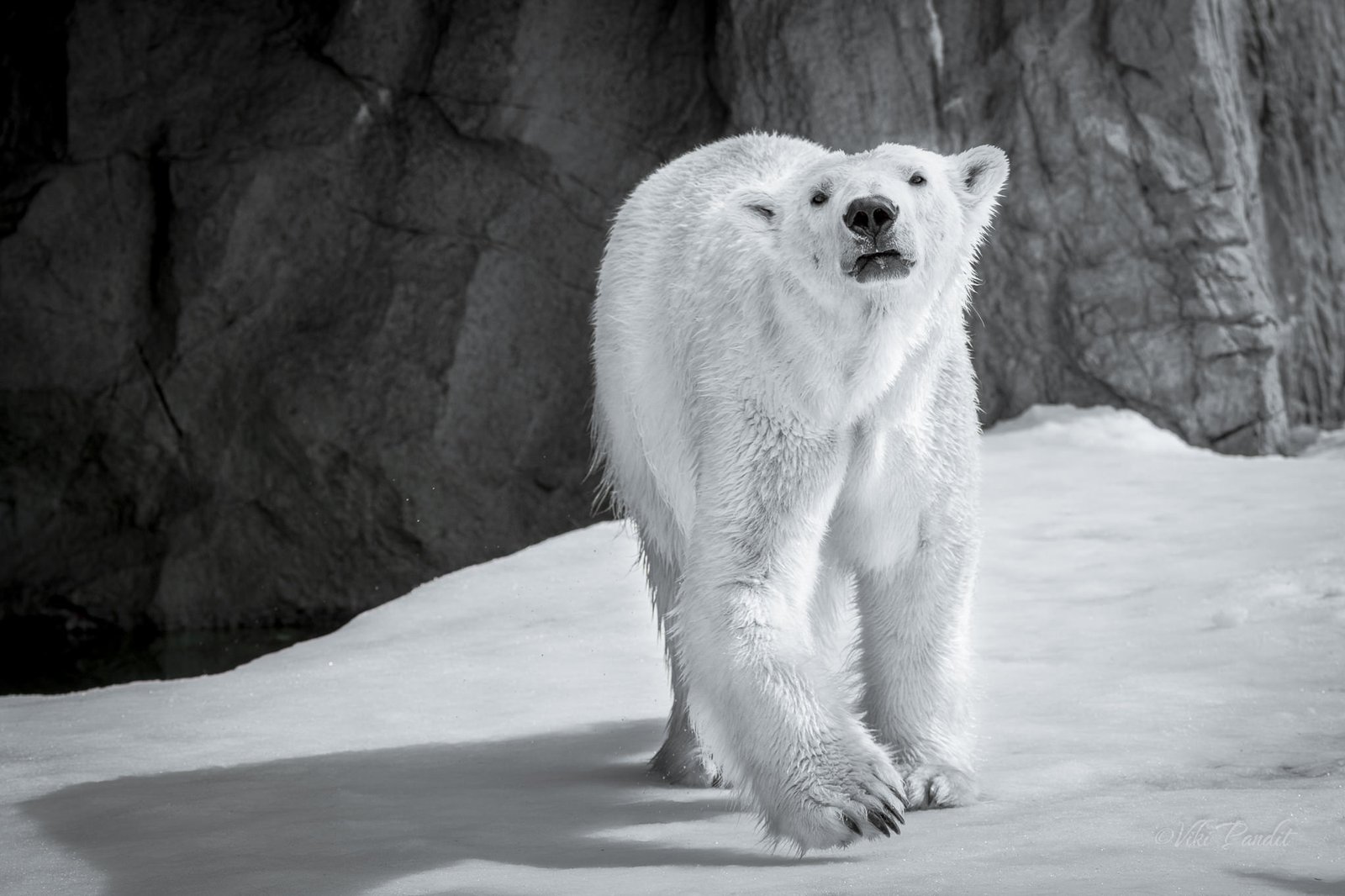



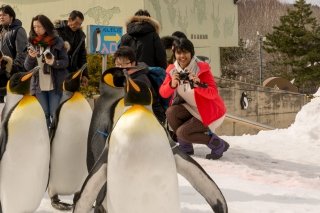








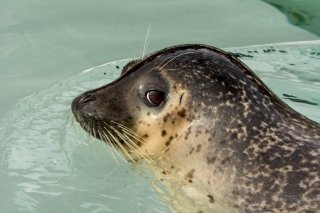





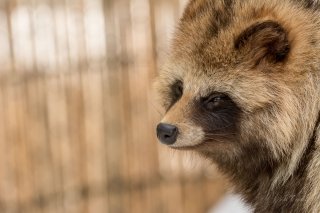

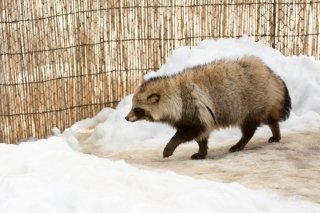
I also visited this Temple in August 2024. It is really a wonderful Temple which requires more time to see all the details. Narayan dear park and these temples are worth to see. My Indian friend has described very well. I am also writing the things which I saw during my Japan visit and preparing a book for Marathi readers’ Chala jag phirya ‘